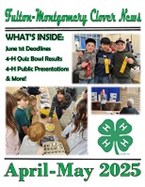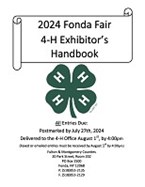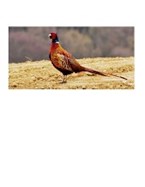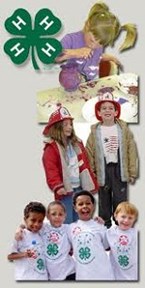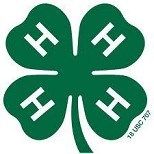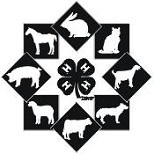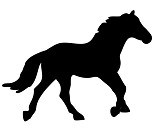A project is a planned series of learning activities/experiences that engage youth in the use of their heads and hands in ways that result in enhanced competencies, open hearts and better health. A 4-H project is a series of experiences, each activity building on the last one that produces growth in learning. 4-H teaching materials are research-based and curricula is tested, reviewed and recommended by a subject matter panels consisting of researchers, educators, volunteer leaders and youth.
4-H projects give youth opportunities to:
- gain new knowledge and develop the critical thinking skills that lead to independence of thought and action;
- experience a sense of belonging through cooperative learning activities;
- develop a spirit of generosity by sharing knowledge and using skills to help others;
- achieve a feeling of mastery as the cumulative result of project work.
4-H projects teach the “why” as well as the “how.” For example: a member enrolled in a woodworking project might learn the safe and most effective way to use basic hand tools and gain experience in the selection of hardware and finishing materials while making a birdhouse (tangible product). The knowledge and skills learned (intangible product) can be applied when making other wooden items in the future. It is this transferable knowledge and skill that is the essence of the project—not just the finished product.
A project will not always result in a tangible product but may lead solely to an intangible result (for example, learning a CPR technique). In either case a learn-by-doing approach is used. The 4-H “learning by doing” method involves several steps in a process: doing, and then thinking, planning, and often doing again. Such learning is called experiential learning (see the “Experiential Learning Model” on the next page) and is a powerful approach for young people to develop a variety of life skills.
The experiential learning approach starts with a concrete activity—something for us to DO. Following the concrete activity we REFLECT on what we have experienced. Ask the members “what?” questions such as “What happened?” and “What was that like for you?” or “What did you observe?”
Next we need to help the members generalize the concepts formed through this experience so that they can APPLY their learning to future real-life situations. To do this, we first ask “So what?” questions such as “So, what made it easier or harder for you?” and “So what are the key learning from this activity?". Finally, we ask, “Now what?” and “Now that I know this, what do I do next?”
Through the experiential learning approach we help young people develop the characteristics and abilities that will allow them to grow into mature, productive and contributing citizens. In the 4-H Youth Development program, such characteristics and abilities are referred to as “Life Skills.”
“Project skills” focus on mastery of skills to complete a tangible project, whereas “life skills” are important for youth development. As they apply to 4-H project work life skills:
- Are intermeshed with subject matter learning
- Help young people meet their needs of belonging, independence, mastery and generosity in positive ways
- Are developed by linking with opportunities to meet youth needs
- Apply to young people’s present lives as well as to their future
- Are learned when adults model the skill, young people have the chance to try, practice, and rehearse the skill for themselves, and get feedback and reinforcement on their efforts
- Frequently rely on a body of knowledge as well as personal attributes
- Are transferable. That is, once a skill is acquired, it can be used in many ways and in different areas of life.
As caring adults, we want to meet children’s needs. We want to help youth learn how to meet their own needs in positive ways and to develop life-long skills and competencies. This is the purpose of 4-H project work.

